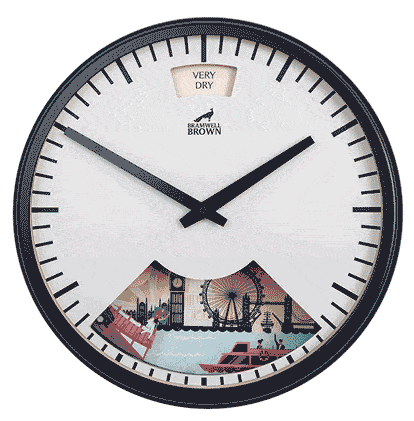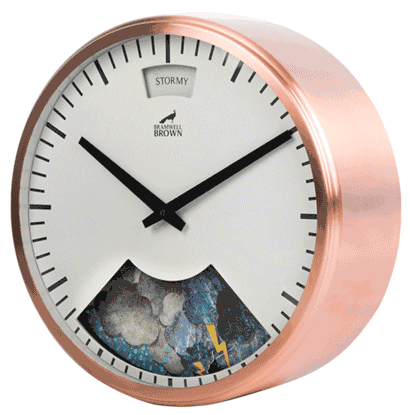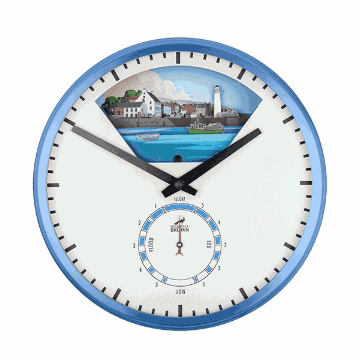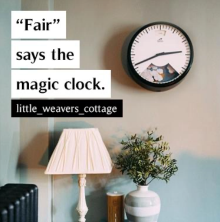The Bramwell Brown Blog
Why are Grandfather Clocks so Expensive?
You might have had dreams of owning a grandfather clock one day or just recently come into the idea of buying one, only to get sticker shock when you realise that an average grandfather or grandmother clock will easily run you £2000! Of course, you may be able to find sales or purchase one second-hand, but if you’ve got your heart set on a certain model and make, you’re likely looking at a small fortune.

Craftsmanship
A big reason why the clocks are so expensive, and also why they’re so coveted, is because of the talent and craftsmanship that goes into them. A lot of skilled labour goes into making a masterpiece like a grandfather clock. High-quality wood goes into making the frame, which requires a practiced hand to carve it perfectly. The mechanisms need to be installed just so, as it’s a delicate and complicated process. The melody and chimes are a feature that can also add to the overall cost, as they usually require an extra weight to be added for the power needed to play on the quarter-hour.
Recommended Reading: 10 Types of Antique Clocks to Keep in the Family
Materials
Though it will vary, most clocks will be made of quality hardwoods like oak, cherry and walnut. Then we consider what the face is made of, likely with brass and precious metal accents like gold or silver for the numerals and decorations. Glass for the windows are often beveled and have to be cut to fit the clock’s doors and face. Details add to the price, such as inlays, fretted panels, melodies in addition to hourly chimes, and hand-carved elements that require extra time and skill in creating the grandfather clock.
Modern vs Antique
A new grandfather clock that was recently made by a modern clockmaker right now will likely cost less than an antique that has been around for 50 years or longer. Though this isn’t limited to just grandfather clocks, antiques are collectibles that can retain or appreciate in value when they are kept in good working condition, have few or no signs of wear, are made by a desired manufacturer and are relatively rare finds. In these cases, a museum-quality grandfather clock like the antique Marquetry English Longcase can go for around £35,000. Though you’re not likely to end up stumbling upon those prices for newer clocks, it’s good to be aware of the kind of appreciation you could expect if you’re thinking about having a clock as an heirloom for future generations.
Complexity
Not every grandfather clock is alike; some are simple timekeepers with no frills while others are ornate, complicated machines that are as much a timepiece as it is fine decor. You’ll need a professional’s expertise to valuate the clock’s parts and abilities, but you can get started on your own with a simple visual inspection.
Look at the pendulum and the bob at the bottom. It is usually made of brass, and sometimes steel. These are the standard metals used, and quality can be compromised if the pendulum is made of a different, cheaper metal. You’ll also want to check that it functions well and has no visible scratches. It is important that this is in working order because it controls the speed of the clock.
Inspect the dials. There are a few factors that go into creating the face. You’ll want this to be excellent, if not mint condition, as it’s one of the primary points in a grandfather clock. Make sure it is in working order, the hands are pristine and there are no scratches on the face or numerals. There may be a moon clock as well that goes through the moon phases of our astronomical world, so double check that it is working and keeping correct phases.
Finally, take a look at the overall case. The case houses everything and is usually the biggest factor in the aesthetic and art of the clock as not everything here is for function. While the case is meant to hold the clock together, it is where the most flourishes and designs can take place. Carvings, woodstain, and inlays can all be added to the clock for a specific appeal. Make sure that these are in great condition, meaning no broken edges, no missing inlay and no scratches or marks.
Recommended Reading: How to Choose a Wall Clock for Your Home
Alternatives to Grandfather Clocks
Weather Clock

If you’re looking for something that combines the tradition and modern, you might want to consider the Bramwell Brown Weather Clock. Bramwell Brown has a particularly select line of clocks that feature quaint and fanciful themes that are reminiscent of the warm antique clocks you might admire. It also has a dual purpose of telling the time and also forecasting the weather. These charming clocks are an investment that can make great heirloom items to pass down and at a fraction of the cost of a grandfather clock. They are hand-assembled by clock professionals with three-dimensional scenes that slide into place to show you what today’s weather will be.
Mantel Clocks

Image source: www.theclockdepot.com
This small, often decorated clock sits on a mantel or shelf and has a lot of sentimentality like the grandfather clock. It’s a great alternative if you can’t afford a grandfather clock but still want to have a charming timepiece. The case is often made of wood and can be decorated similarly to a grandfather clock. Some have chimes as well that signify the hour. However, the mantel clock can be quartz-driven or key-wound like the grandfather clock, so you have a choice of whichever is more suitable for you.
Cuckoo Clock

Image source: www.theclockdepot.com
If you love the handcrafted element of the grandfather clock, investing in a cuckoo clock might be a reasonable compromise. These charming little clocks have a little bird, or other figure nestled behind a small door that opens to chime out the hour. The clocks themselves can have a picturesque scene of a forest or other whimsical setting with the face in the center above the door with the hidden figure.






